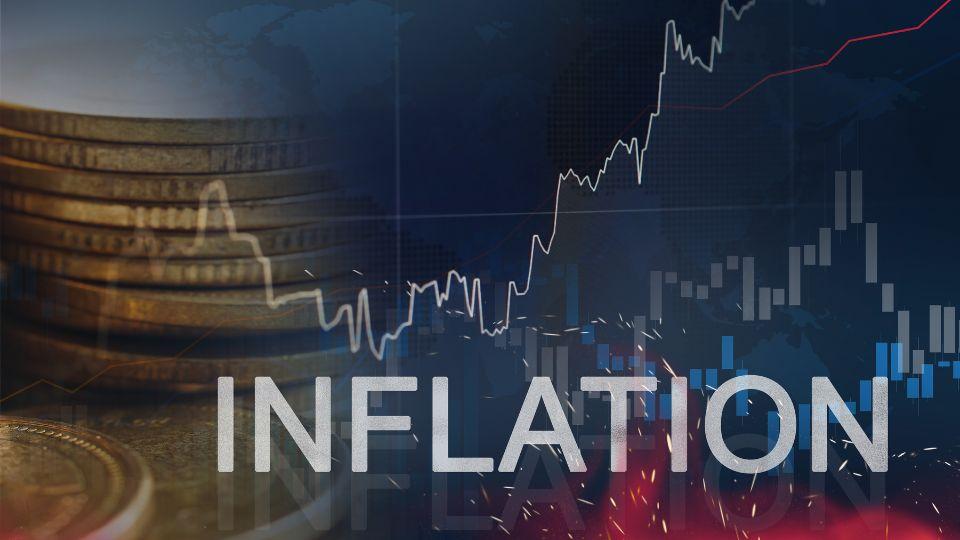By Dipesh Ghimire
Overall Inflation Rises Moderately to 5.74% — Price Pressure Shifts to Services Sector

Nepal’s overall consumer inflation increased moderately in mid-September (Bhadau 2082), as the National Consumer Price Index (NCPI) reached 105.74 points, up from 104.96 a month earlier.
This represents a 0.74% month-on-month rise and a 1.87% year-on-year increase.
According to Nepal Rastra Bank’s mid-month report, the overall price level has grown 3.86% compared to two years ago, signaling continued inflationary pressure though at a controlled pace.
Analysts suggest that inflationary drivers are shifting away from food items toward services like education, health, housing, and miscellaneous expenses.
2. Food Inflation Eases Slightly — Cereal, Pulses, and Spices Prices Fall
The Food and Beverages Index (weight 35.49%) increased marginally by 1.43% month-on-month, reaching 104.90, but was 1.34% lower compared to the same month last year.
This suggests that food inflation is easing after months of volatility.
Cereal grains and pulses declined slightly by 0.32% and 0.67%, respectively, reflecting good domestic harvest and stable supply.
Spices saw the sharpest fall of 6.31%, supported by better local production of chili and turmeric.
However, ghee and oil prices continued to soar (+11.09% year-on-year) due to higher import costs.
3. Non-Food and Services Drive Inflation — Education and Health Costs Surge
The Non-Food and Services group (64.51% of the index) remains the key inflation driver. The index rose 0.37% monthly and 3.70% annually, reaching 106.21 in Bhadau.
Education costs jumped 7.67% year-on-year — the highest rise among all sectors — mainly due to private school and college fee hikes.
Health expenses rose 2.98%, and restaurant and accommodation costs increased by 3.88%, showing a strong rebound in urban services.
Transportation costs grew by 2.56%, largely due to higher fuel prices.
4. Miscellaneous Goods and Services See Highest Price Surge — 11.77% Rise
Among all categories, Miscellaneous Goods and Services recorded the highest annual increase of 11.77%, climbing from 105.77 to 118.22 over a year.
This category includes personal care products, toiletries, and household services, which have become costlier due to imported material costs and higher local demand.
Clothes and footwear also saw a 6.29% rise, reflecting festive-season spending and costlier imported textiles.
5. Stable Communication, Finance, and Housing Prices Offer Relief to Consumers
Amid rising costs elsewhere, some sectors provided relief to consumers.
Insurance and financial services remained nearly flat (-0.22%).
Communication prices showed minimal change (-0.03%), reflecting competitive telecom rates.
Housing and utilities rose just 1.02% year-on-year, supported by stable rent and energy prices.
Economists say such stability in essential service prices has helped contain headline inflation below 6%, preventing severe cost-of-living shocks.
Nepal’s inflation pattern in Bhadau 2082 shows a shift from food-based inflation to service-led inflation.
While basic food items have stabilized, education, health, transportation, and miscellaneous goods are putting pressure on household budgets.
Economists expect the annual inflation rate to remain between 5.5% and 6% if global oil prices and import costs do not rise further.









